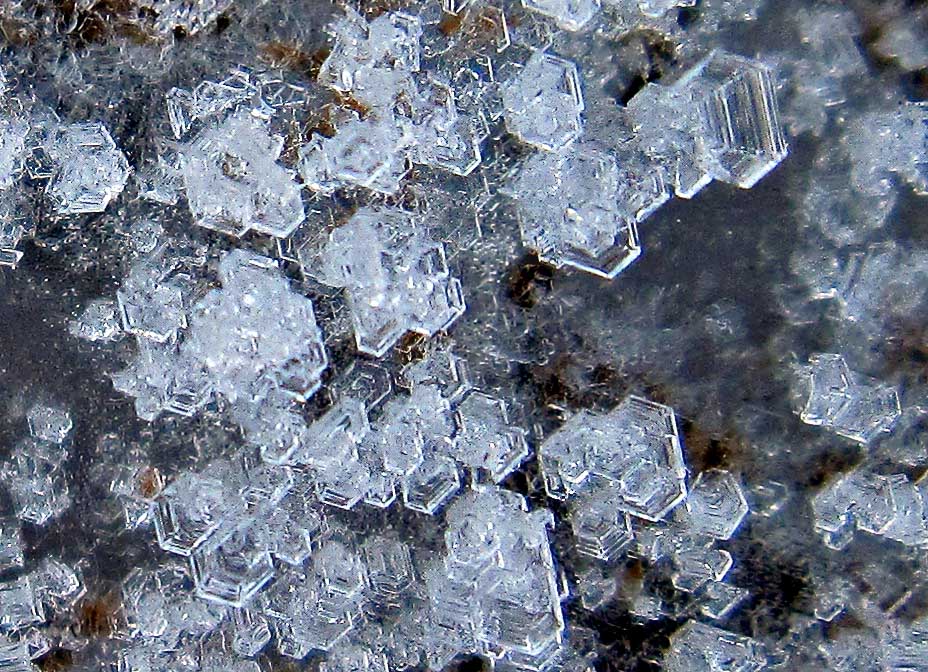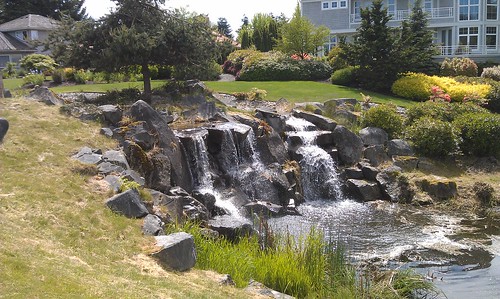 The turf grows in a unique environment, getting nutrients and life support from the soil. An ideal soil system is 50% insoluble material, while the other 50% is made up of 25% water, and 25% oxygen. If you noticed, I mentioned “ideal.” Over the winter months the soil has become saturated with water, and since the insoluble material cannot be displaced, oxygen is pushed from the soil system as well as the plant respiration which adds carbon dioxide to the profile. This leaves the turf in a less than desirable situation.
The turf grows in a unique environment, getting nutrients and life support from the soil. An ideal soil system is 50% insoluble material, while the other 50% is made up of 25% water, and 25% oxygen. If you noticed, I mentioned “ideal.” Over the winter months the soil has become saturated with water, and since the insoluble material cannot be displaced, oxygen is pushed from the soil system as well as the plant respiration which adds carbon dioxide to the profile. This leaves the turf in a less than desirable situation.With that being said, as turf managers, we make the decision to core aerify the turf. The goal is to balance the soil’s three part system, while also removing unwanted thatch created by the natural attrition of the shoots, roots, and stems. The process also enhances nutrient uptake while the plant begins the root driving process. We remove about 10% of the turf’s surface. To offset thatch buildup, removal of 20% of the surface per year is recommended by the USGA. That gives us the reasoning behind the need of twice per year. Click here for the recommendations of the USGA.
Aerification is a disruptive process. Playing conditions will be affected for up to four weeks, depending upon weather. An application of fertilizer, one week before aerification day, will get the plant growing rapidly. Expect reduced green speeds coming into aerification. The day of aerification, after we have filled the holes completely with sand, we will apply another application of fertilizer. The purpose of increased fertility during this process is to speed up the healing process and give the plant the nutrition it needs to grow roots.
Later this month and in April, we will finish the teeing areas and aerify nine holes of fairways. We have had bad luck with the weather which has slowed our process, but we are still moving along fairly well considering the hangups. We will be applying fertilizer to the fairways and begin our summer fertility program as the weather continues to improve. I look forward to this coming season. It will be a great year to get out there and play some golf.
Justin C. Ruiz, CGCS, MG
justinr@indiansummergolf.com
















































